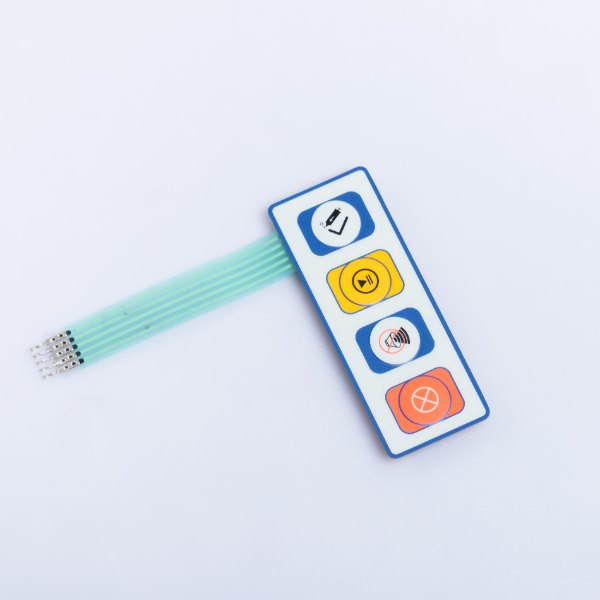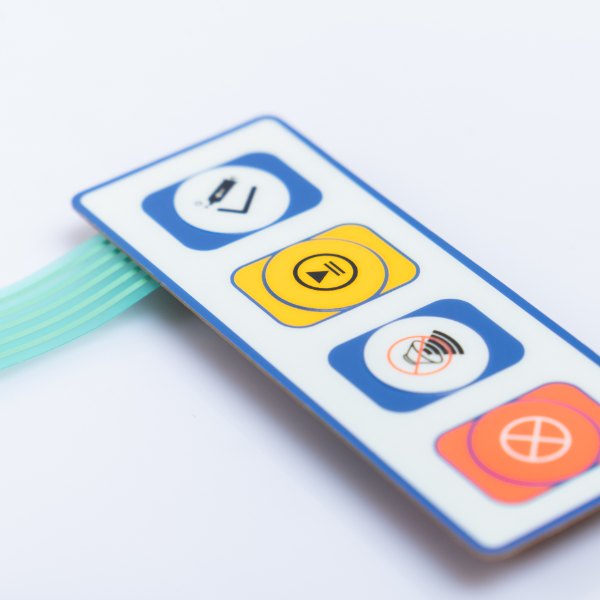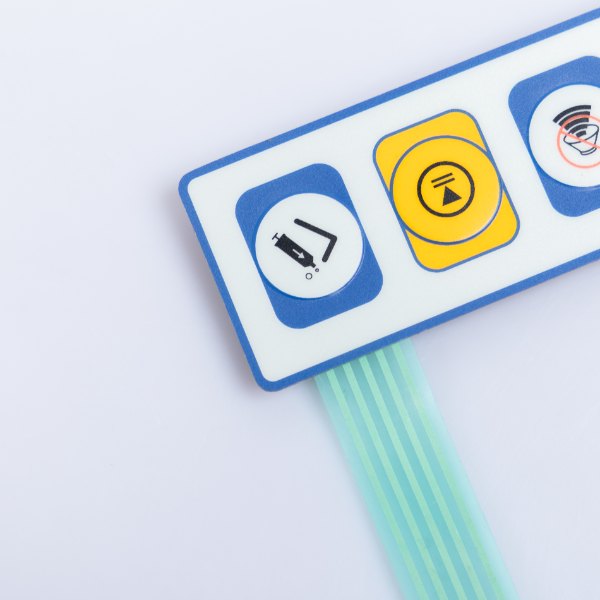Contact
Write to Us And We Would Be Happy to Advise You.
Do you have any questions, or would you like to speak directly with a representative?
By hqt
Membrane switches and human-machine interfaces (HMIs) are essential components in many electronic devices and control systems. These interfaces provide users with a means to interact with the device, making them crucial for ensuring a seamless user experience. However, before these switches and HMIs are integrated into products, they undergo rigorous testing to ensure their functionality, durability, and reliability. In this article, we will explore the various testing methods employed to evaluate membrane switches and HMIs, highlighting their importance in delivering high-quality user interfaces.



Membrane switches and HMIs undergo several testing procedures to assess their performance and adherence to quality standards. The following are some common testing methods employed in the industry:
Visual Inspection
One of the initial steps in testing membrane switches and HMIs is a visual inspection. This examination aims to identify any visible defects, such as misalignment, discoloration, or damage to the graphics or components. Visual inspection ensures that the switches and HMIs meet the desired aesthetic standards and do not contain any obvious flaws that may affect their functionality or user experience.
Electrical Continuity Testing
Electrical continuity testing is performed to verify the proper functioning of the conductive traces on the membrane switch. This test ensures that all the key contacts are functioning correctly, enabling the switch to register user input accurately. By applying a current or voltage to the switch’s contact points and measuring the output, manufacturers can detect any faults or irregularities in the electrical circuit.
Actuation Force Testing
Actuation force testing measures the force required to activate the membrane switch. This test is crucial in determining the switch’s tactile feedback and responsiveness. By applying force to the switch and measuring the resistance or pressure required for activation, manufacturers can ensure that the switches provide a comfortable and consistent user experience.
Environmental Testing
To evaluate the durability and reliability of membrane switches and HMIs, they are subjected to environmental testing. This testing simulates various environmental conditions that the switches may encounter during their lifespan, including temperature extremes, humidity, and exposure to chemicals or UV radiation. By subjecting the switches to these conditions, manufacturers can assess their performance and identify any potential weaknesses or vulnerabilities.
Life Cycle Testing
Life cycle testing involves repeatedly actuating the membrane switch or HMI to simulate real-world usage over an extended period. This test aims to assess the durability and longevity of the switches by measuring their performance after a certain number of actuations. By subjecting the switches to continuous actuation, manufacturers can evaluate their ability to withstand the expected usage cycles and ensure they maintain their functionality and responsiveness over time.
Ingress Protection Testing
Ingress protection testing evaluates the switches’ resistance to dust, liquids, and other foreign substances. This testing ensures that the switches can withstand exposure to harsh environments without compromising their performance. By subjecting the switches to different levels of dust and liquid ingress, manufacturers can assign an IP rating to indicate the switches’ level of protection.
ESD Testing
Electrostatic discharge (ESD) testing assesses the switches’ ability to withstand electrostatic discharges that may occur during their use. This testing is crucial, particularly for applications in sensitive electronic environments where electrostatic discharges can damage or interfere with the proper functioning of electronic components. ESD testing ensures that the switches can handle these discharges without experiencing any adverse effects.
How are membrane switches and HMIs manufactured?
Membrane switches and HMIs are manufactured using a layered construction process. Typically, they consist of layers such as a graphic overlay, adhesive spacer, circuit layer, and rear adhesive layer. These layers are carefully assembled, and the conductive traces and circuitry are printed onto the appropriate layers using specialized printing techniques. The layers are then bonded together to create a durable and functional membrane switch or HMI.
Can membrane switches and HMIs be customized?
Yes, membrane switches and HMIs can be customized to meet specific design and functionality requirements. Manufacturers can tailor the graphic overlay, colors, tactile feedback, and overall layout to suit the intended application. Customization options also include the integration of additional features like backlighting, embossing, and keypads with different actuation forces.
What are the advantages of using membrane switches and HMIs?
Membrane switches and HMIs offer several advantages over traditional mechanical switches. They are often more cost-effective to produce, as they require fewer components and have simpler designs. Additionally, they are generally more resistant to environmental factors such as dust and moisture, making them suitable for a wide range of applications. Membrane switches and HMIs also provide a sleek and modern appearance, offering design flexibility and customization options.
Are there any limitations to using membrane switches and HMIs?
While membrane switches and HMIs offer numerous benefits, they do have certain limitations. They may not be as robust or durable as mechanical switches, especially in high-intensity applications. The tactile feedback provided by membrane switches may also be less pronounced compared to mechanical switches, which can impact user experience in some cases. However, advancements in technology have allowed for the development of more tactile membrane switches and HMIs to address these limitations.
How can I ensure the reliability of membrane switches and HMIs in my product?
To ensure the reliability of membrane switches and HMIs in your product, it is essential to work with reputable manufacturers and suppliers. Choose suppliers with a proven track record in producing high-quality switches and HMIs. Additionally, collaborate closely with the manufacturer during the design phase to communicate your specific requirements and ensure that the switches are tested rigorously before integration into your product.
Can membrane switches and HMIs be used in harsh environments?
Yes, membrane switches and HMIs can be designed to withstand harsh environments. Through proper material selection and additional protective measures, such as conformal coatings and sealed enclosures, manufacturers can enhance the switches’ resistance to moisture, dust, chemicals, and temperature extremes. It is important to communicate the intended operating conditions to the manufacturer to ensure the switches are designed and tested accordingly.
The testing of membrane switches and HMIs is a critical step in the manufacturing process to guarantee their functionality, durability, and reliability. Through various testing methods, manufacturers can ensure that these interfaces meet the highest quality standards and provide an excellent user experience. From visual inspections to environmental and life cycle testing, each test plays a crucial role in evaluating the switches’ performance. By understanding the testing procedures involved, you can appreciate the level of expertise and attention to detail required to create reliable and user-friendly membrane switches and HMIs.
Do you have any questions, or would you like to speak directly with a representative?